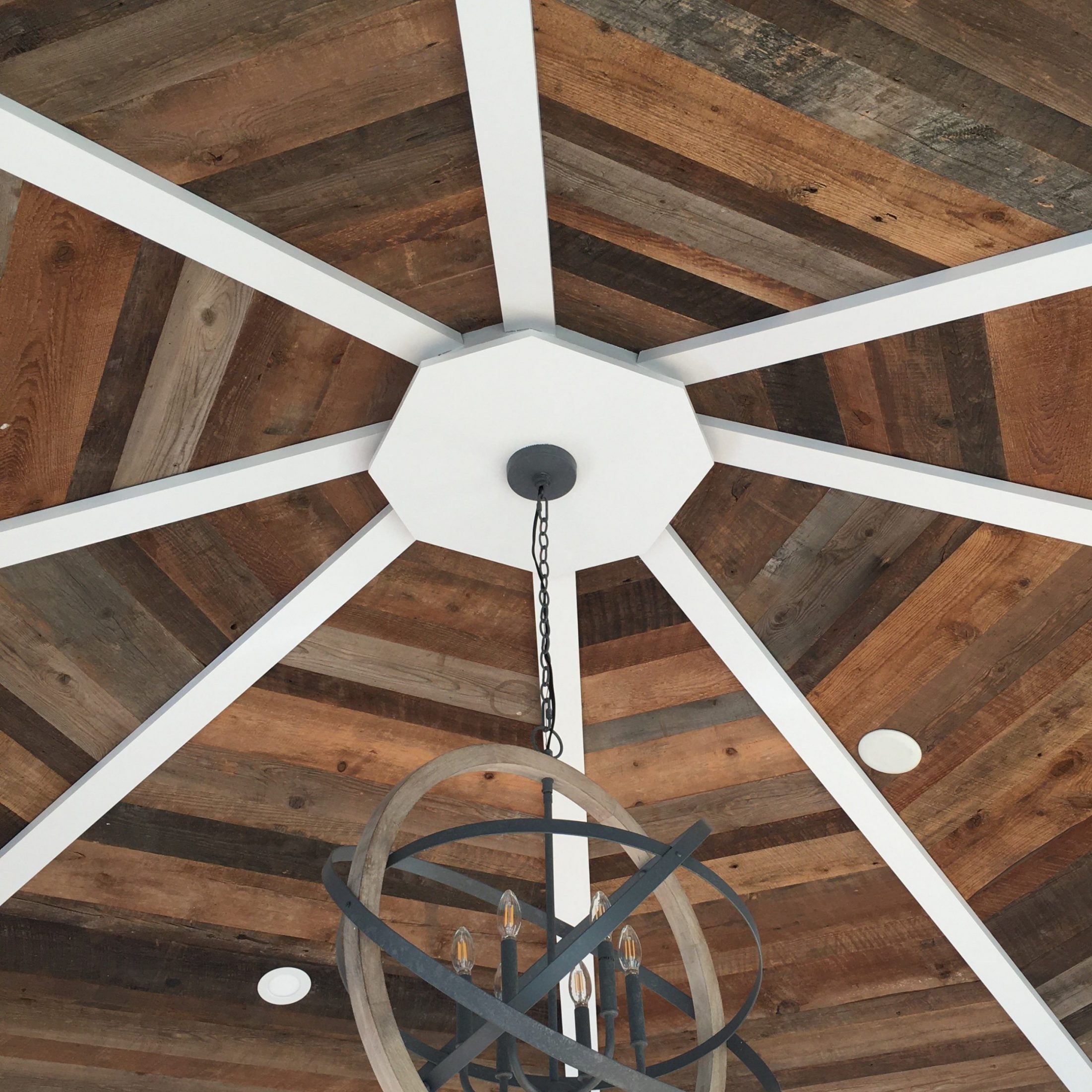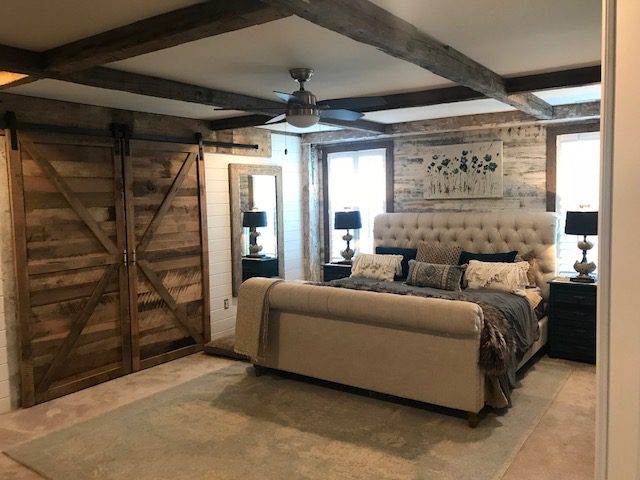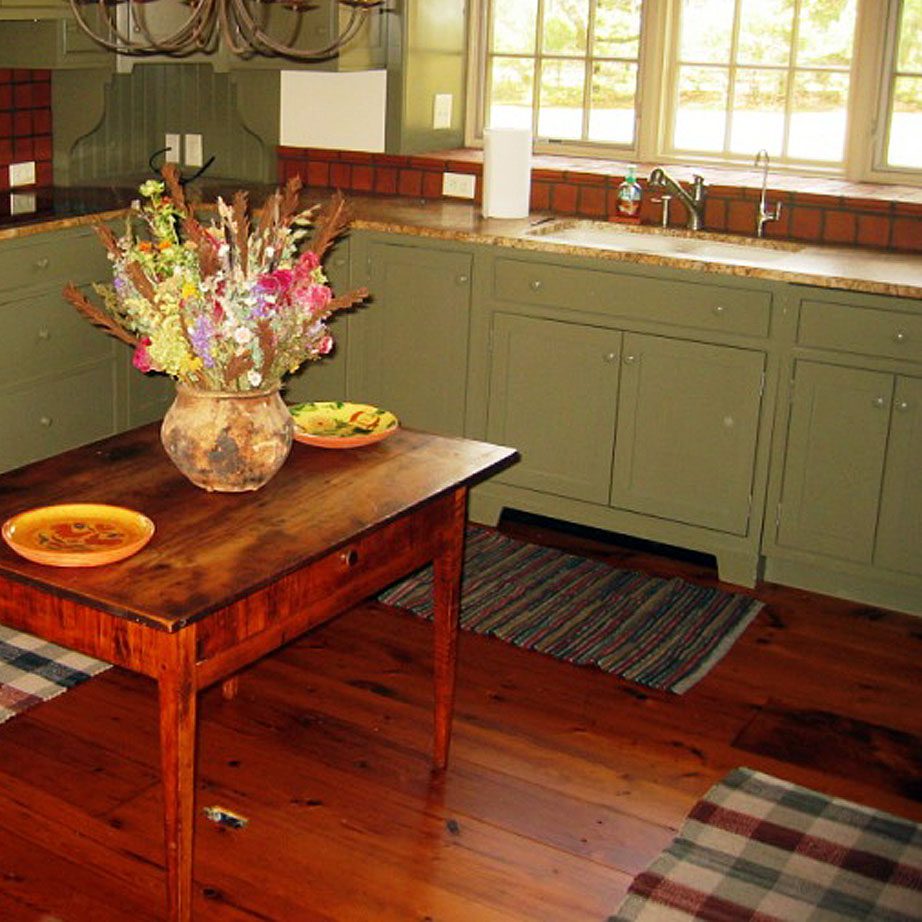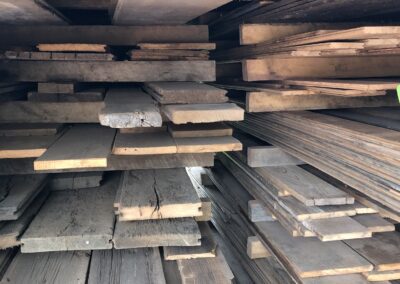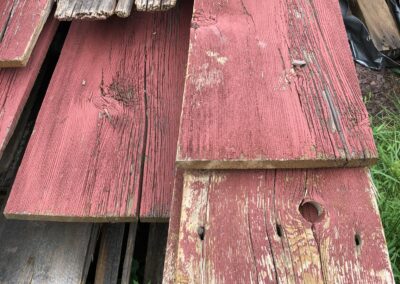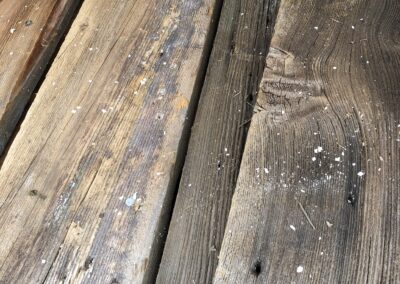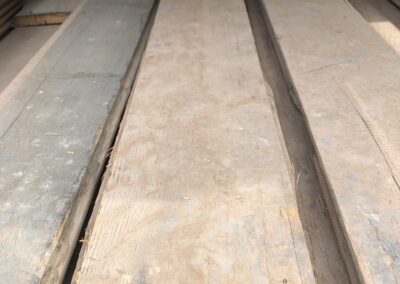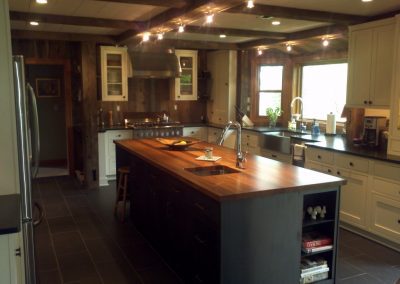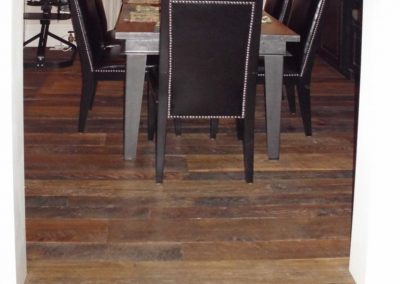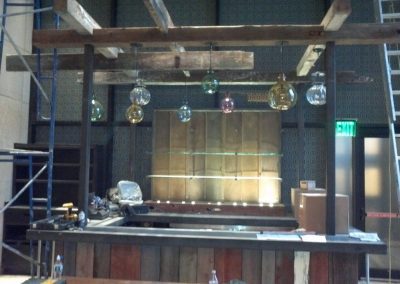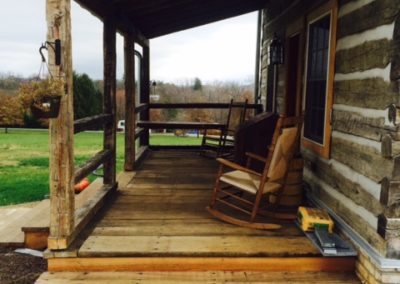Reclaimed Antique Wood
Weathered by time, wear and the elements, reclaimed antique wood has a unique beauty not found in newly-made building materials. The patina found in antique building materials shows a depth and speaks of a history only time can create. In addition to beauty, antique woods make any project a living piece of history. The reclaimed woods available at JC Woodworking come from some of the oldest, most historical structures in American history.
Using reclaimed flooring, timber and siding is recycling at its best. A large part of the demand for reclaimed wood for building in recent years is due to the growing Green Movement. Not only does using antique wood in your construction project save perfectly usable and beautiful materials, but it also creates less waste and less demand for the manufacturing of new lumber.
Antique Wood Applications
Reclaimed wood is beautiful and functional in so many applications. It can be repurposed as flooring, exterior siding, interior siding, paneling, structural beams, aesthetic beams or even as an entire structure! The degrees of character found in each piece of wood are also endless. Antique wood flooring or siding can add dimension to traditional, rustic or modern spaces.
Siding & Ceilings
Barn siding has a look all its own and can be used as exterior siding, interior paneling and exposed ceilings.
Beams & Joists
Whether for architectural, structural or aesthetic purposes, reclaimed wood offers an unmatched look to any restoration.
Contractor Specials
In an effort to make room in the warehouse, regular discounts on select packs of reclaimed lumber are available. This select reclaimed wood is not defective, unless noted. These materials tend to be unusual products or leftover materials from larger orders and are perfect for crafters, homeowners and contractors looking to use antique barnwood in their small- to medium-sized projects (shelving, signage, accent walls, etc.). These generously discounted product packs fall slightly below our exceptionally high standards. Our contractor value packs contain quality wood but may require a bit more work to prep for application. Stop by or call for current selections.
Reclaimed/Green building Products & LEED Points
We are happy to work with LEED projects. Reclaimed wood materials avialble at JC Woodworking do qualify for LEED points.
The Leadership in Energy and Environmental Design (LEED) was developed by the U.S. Green Building Council (USGBC) and provides a set of standards for environmentally sustainable construction. Compliance with these standards on any given project offer points which result in tax credits in most jurisdictions.
What is Reclaimed Wood?
Reclaimed wood is anything that has been saved/salvaged/reclaimed from an existing, antique structure. JC Woodworking reclaims flooring, siding, beams, grainary boards and architectural pieces from circa 1700 and 1800 barns, log homes, schools, and churches.
Types of Reclaimed Materials
When dismantling a building, JC Woodworking saves anything and everything that can be reused. Our most common reclaimed products are siding, flooring and beams. However, we also save ladders, doors, stairways, trim and other architectural pieces.
Harvesting Reclaimed Materials
The first step in saving reclaimed materials is to find antique structures. In the reclaimed business, we do not demolish, but dismantle each structure. JC Woodworking painstakingly removes every single board and beam from a building; grading and sorting it on site. In the case of the frame of a antique building being intact and in good condition, we tag each piece of the frame, remove the pegs and take it down to rebuild as an entire structure.
Raw vs. Finished Product
JC Woodworking sells materials in several different forms.
The first is “raw”, which means the customer receives it exactly as it was removed from the building. Large companies who manufacture flooring or contractors who have equipment on hand will often buy the material raw or “in the rough” and mill it themselves.
The second option is to purchase the reclaimed wood “finished.” This refers to materials that have been milled, dry and are ready to install.
In addition to raw and finished, some products are partially milled so that the customer can finish to their preferences. For example, a customer may request that we cut the beams into planks so they may put a tongue and groove on the boards.
Species of Wood
Recovered woods come in every species. Most predominant in our inventory are oak, pine and hemlock. However, we often have chestnut, hickory, heart pine and even cherry or maple on hand.
Reclaimed Wood Waste
Reclaimed antique wood has a much higher “waste factor” than new wood, particularly when using raw material. An industry rule of thumb is that 30-40% will be lost in grading and milling. We grade material extremely hard and, when using raw material (i.e. buying siding to put on a wall or flooring that you intend to square edge and butt-joint on site), it is recommended to use the figure of 20-25% waste. The reason for the higher waste in reclaimed than new wood is that:
1) It has not yet been milled so you’ll lose a percentage cutting straight edges and ends
2) Reclaimed materials are random in all directions: width, length and thickness. You’ll often create several like widths (i.e. cut everything from 6″ – 8″ down to 6″, everything from 8″ – 10″ wide down to 8″, etc)
3) Everyone likes a different degree of character. The harder you grade, the higher the waste factor. However, we are confident that if you don’t think we grade hard enough, you probably shouldn’t be looking at reclaimed wood as an option.
Be Aware of Lead Paints
Lead paint was used in every building in America prior to 1978. If you are buying painted material and it will be in an area where lead paint could be dangerous, please ask us to check for lead. There are many reclaimed products that have paint that was pre-lead paint era and are safe.
Bugs & Rot
JC Woodworking is fanatical about bugs and rot. With an expert eye, which we believe we have, it is pretty easy to determine if bugs are living in wood. Bug holes are not an indication of bugs currently infesting the wood. In fact, a great deal of reclaimed wood does have bug holes. New sawdust is what indicates current bug life. We have never had an issue with bugs.
The only way to guarantee against bugs is to either kiln dry (if boards), fumigate or treat with Borate (or a similar chemical). For almost all applications, we do recommend taking action. If you are buying raw material, it will be sold untreated and without kiln drying unless otherwise requested.
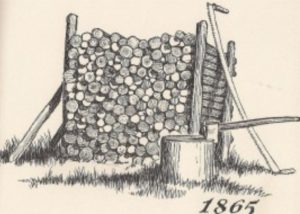
“The heft and feel of a well-worn handle,
The sight of shavings that curl from a blade;
The logs in the woodpile, the sentiment of huge
beams in an old-fashioned house;
The smell of fresh cut timbers and the pungent
fragrance of burning leaves;
The crackle of kindling and the hiss of burning logs.
Abundant to all the needs of man, how poor the world would be without wood”
-Everard Hinrichs
Contact Us
Phone:
267-404-2214
Email:
jcwoodworking@oldreclaimedwood.com
Store Address:
255 Route 313
Perkasie, PA 18944

